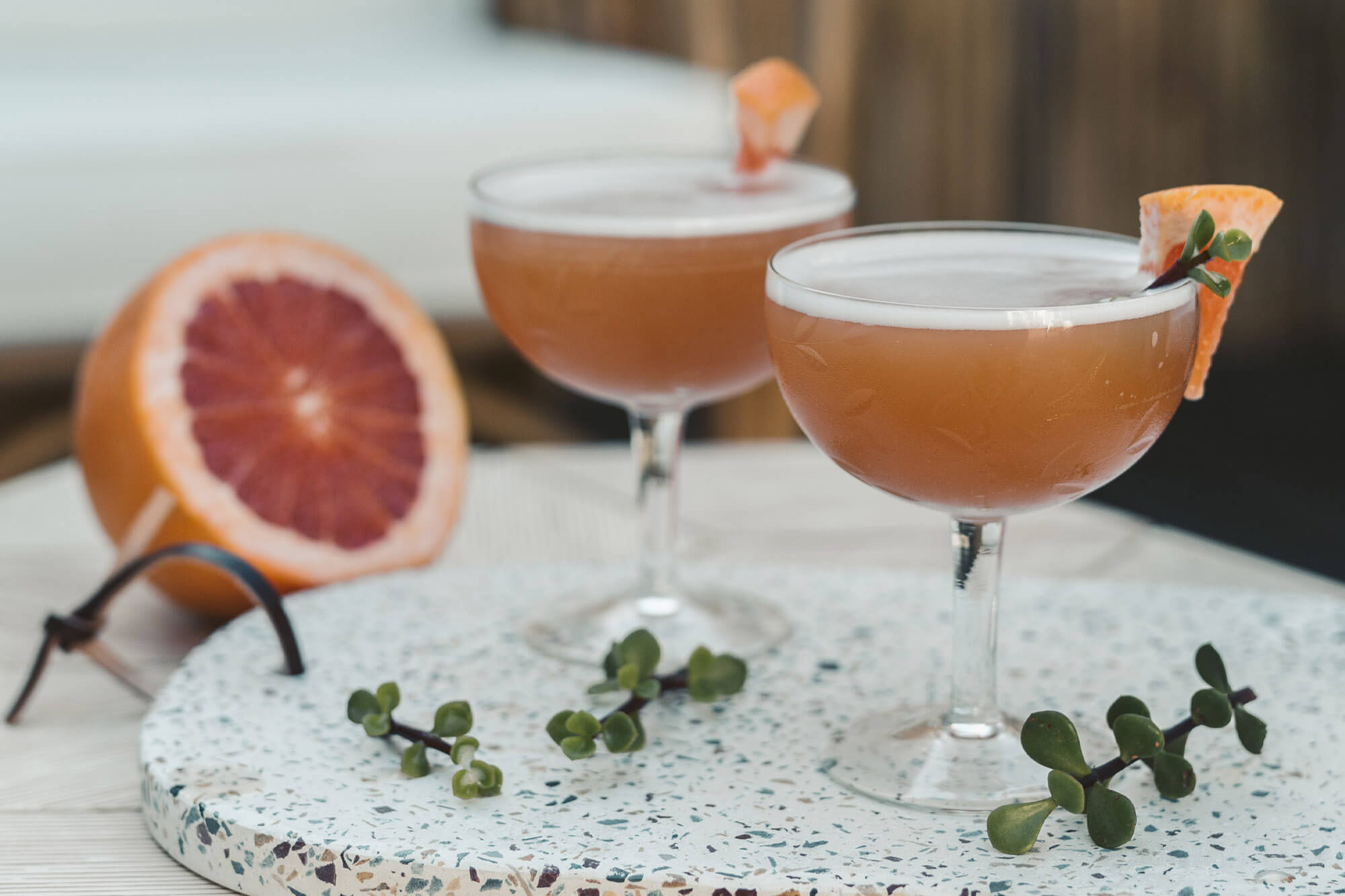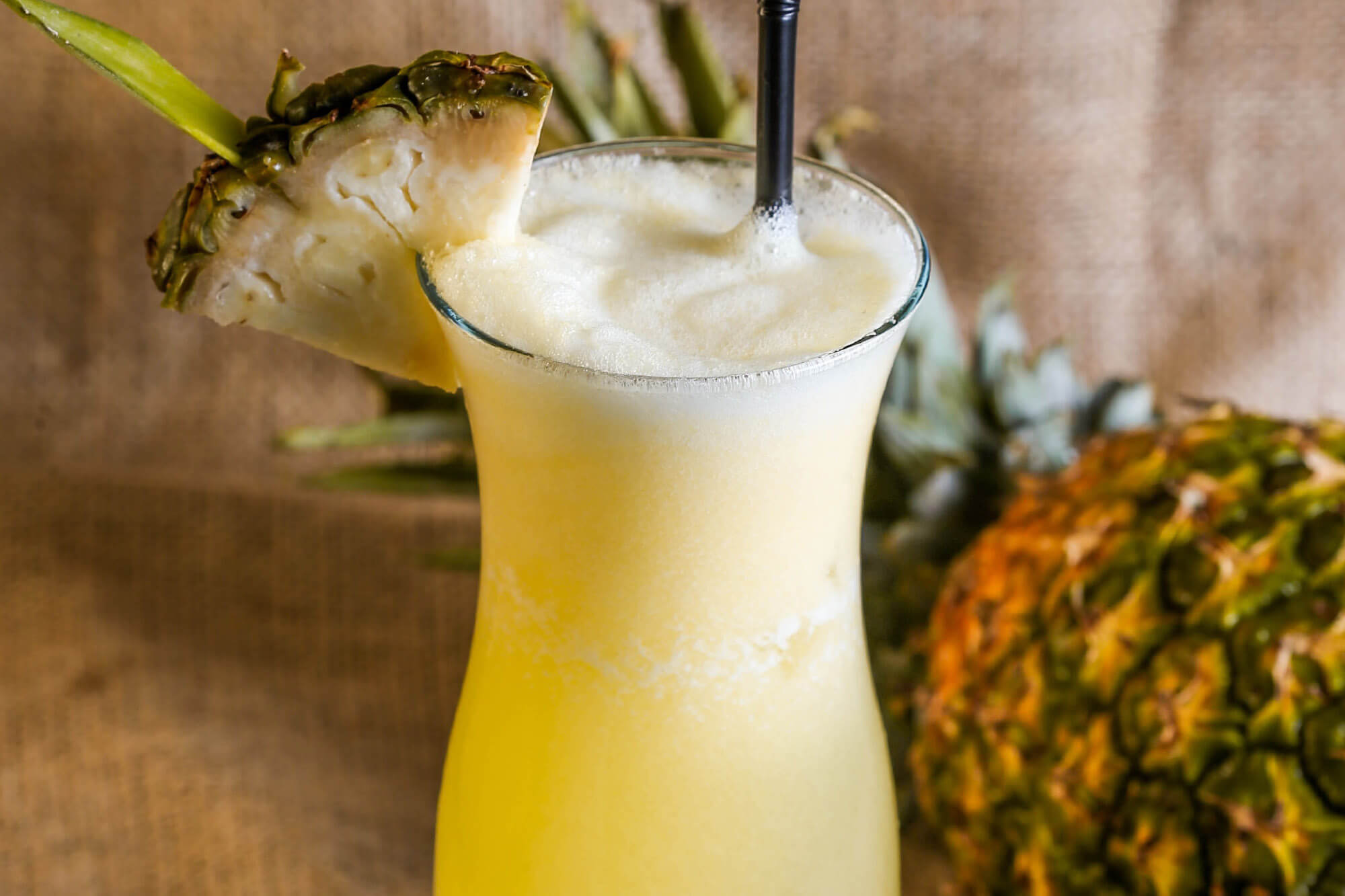Drink in History: The Last Word
By Chilled Magazine
The green goddess, silent for more than 50 years, has something to say.
Brightly colored cocktails to the drink professional, be it the imbiber or the bartender, is a precarious encounter. Take for example the Melontini or the Blue Hawaii, both sticky sweet drinks loaded with artificial coloring and ungodly flavors. Of these flashy drinks, there are a few exceptions to this “bright hue = bad drink” belief. That is, until…
Hello, Last Word.
The Last Word is a strange bird. At first glance, the ingredients don’t make a whole lot of sense: gin, maraschino liqueur, green Chartreuse, and fresh lime juice. Chartreuse and Maraschino, say what? However, it’s an old-timey tipple that feels and looks utterly modern—especially in today’s cocktail trend of liqueurs garnering equal billing with the base spirit.
According to cocktail lore, it was invented at the Detroit Athletic Club sometime in the early 1900s. As proof, a cocktail menu from the club in 1916 lists it for a whopping 35 cents. The bartender who invented or why they invented is veiled like most last words are.
A strange bedfellow to a cocktail’s enduring legacy, vaudeville performer Frank Fogarty is credited for popularizing it in the New York City scene shortly after. Perhaps he first discovered it while performing at the Detroit Athletic Club and worked it into his act. One can only imagine how the Last Word survived those four walls and became popular enough to appear in print a few decades later.
The first record of the Last Word recipe was featured in the 1951 cocktail book, “Bottoms Up,” which includes over 200 drink recipes and 13 risqué illustrations by 12 different artists by Ted Saucier (last name pun for an author of a cocktail book is not lost here). He was a publicist for the Waldorf-Astoria Hotel in New York City.
But, the Last Word’s last word could have been eternal, that is, if it wasn’t for Murray Stenson—nearly 50 years since it was immortalized in ink—to corpse revive it. Speaking of, Corpse Reviver #2 cocktail is a riff on the Last Word.
In the early 2000s, Stenson—while tending bar at the Zig Zag Cafe in Seattle—stumbled upon the glowing green goodness in a glass while reading “Bottoms Up.” He added it to the menu, and it became an instant hit. What Fogerty didn’t have in championing the Last Word, Stenson did: the internet and social media.
Quickly, the cocktail went viral. Not only was it easy to make equal parts of each potent ingredient, but it was also a celadon-colored stunner. It appeared on notable denizens’ menus across the country, such as Pegu Club. “A four-way car crash in which no one is hurt, and everyone’s glad they met afterward,” Phil Ward, a former bartender at New York City’s Pegu Club, now the owner of Mayahuel, an agave-spirit bar, described the drink to the Washington Post.
As a nod to the original recipe, which balances such distinctive elements so beautifully, riffs abound. Although tricky to master four-part harmony, experienced bartenders have pulled it off. Take for example Phil Ward’s Final Ward of rye, green Chartreuse, maraschino, lemon, or Paper Plane by Sam Ross (former bartender at Milk & Honey and now Attaboy in New York City) of bourbon, Amaro Nonino, Aperol, lemon.
Who needs a three-way when you’ve got a four-way? May the Last Word and riffs continue to speak for centuries to come.

The Last Word
Last Word
Ingredients:
- 3/4 oz. Gin
- 3/4 oz. Green Chartreuse
- 3/4 oz. Maraschino Liqueur
- 3/4 oz. Fresh Lime Juice
- Lime Twist (for garnish)
Preparation: Vigorously shake all ingredients together with ice. Strain into a Martini glass or coupe and garnish with a lime twist.









